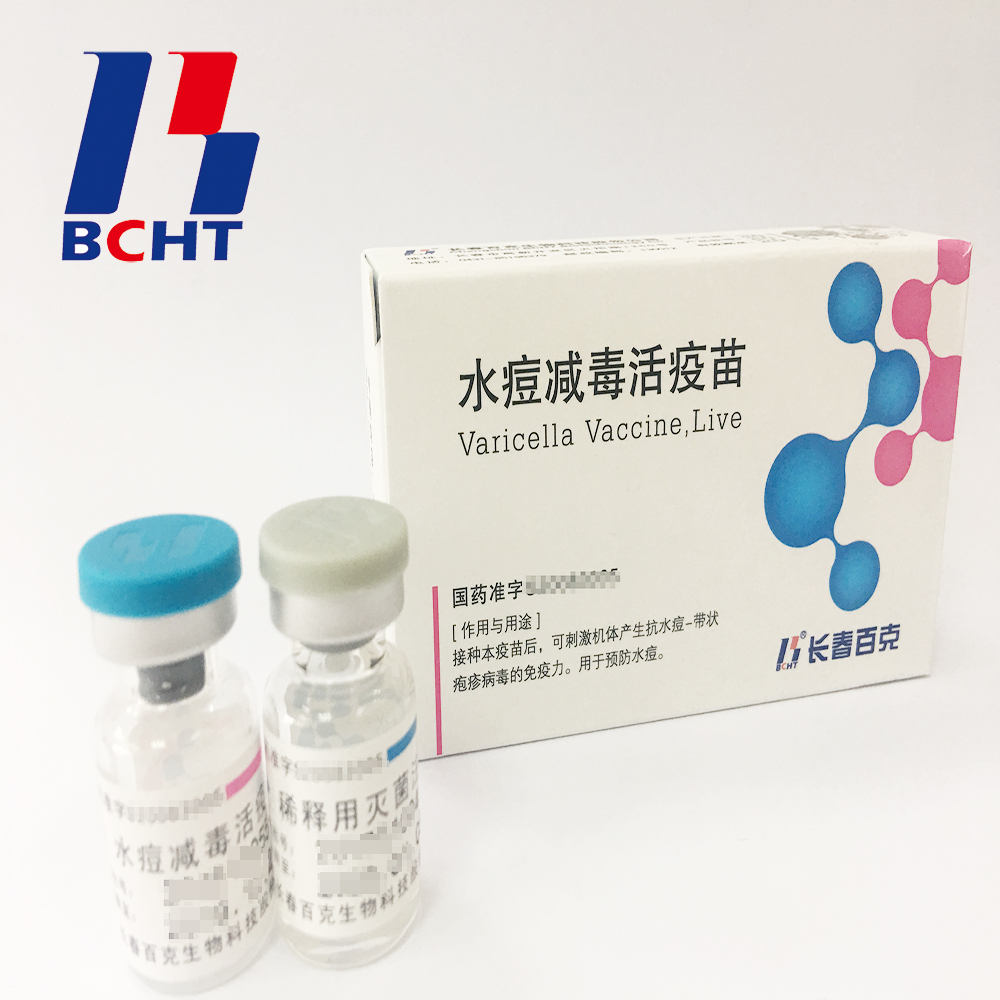Feeding trough, straw frame structure, and height are suitable. Moderate feed trough should be moderate in depth, too deep rabbits are difficult to eat, and if it is too shallow, fodder is easily spilled. The height of the grass rack and the feeder trough should be the same as the height of the rabbit's back, while the rabbit's feeding height is difficult if the height is too high. In addition, each feed should not exceed 1/3 of the feed tank capacity. Overfeeding will not only cause rabbits to picky foods, resulting in incomplete nutrition, but also make the feed easy to be eaten and cause waste. Feeding green fodder alone should be placed on a straw stand, otherwise it can be easily wasted by rabbits trampling on pollution.
The shape of the feed is appropriate, and the feed method is reasonable and the feed is crushed so that it is easy to fly, the palatability is reduced, and the time of staying in the digestive tract of the rabbit is short, resulting in a decrease in the digestibility of the nutrient; the overfeeding of the feed easily leads to picky eaters, resulting in unbalanced nutrition of the rabbit and digestion. Reduced enzyme contact area affects digestion and absorption. Therefore, the use of pellet feed to rabbits, particle length less than 0.64 cm, diameter less than 0.48 cm, combined with the use of indigestible and large volume of cellulose, to extend the residence time of the feed in the cecum, avoid rabbit diarrhea.
Strict storage of feed should be kept dry to prevent mildew. Direct sunlight is strictly forbidden to avoid the oxidative decomposition of nutrients.
Strictly controlling the temperature of the rabbit's temperature in the Sherwin's room affects the consumption and production of the feed. If the ambient temperature is lower than 12°C, the feed intake of rabbits increases, the growth rate and the feed conversion rate decrease; if the temperature is higher than 30°C, the rabbits reduce the body heat, and the feed intake and production performance are reduced, especially the long-haired rabbits. Why? Therefore, the rabbithouse temperature should be maintained at 12 °C ~ 30 °C.
1.Good safety of gelatin-free.The first lyophilized Varicella Vaccine, containing no gelatin from animals, invented and produced in China. Getting rid of gelatin from varicella vaccine can significantly decrease the ratio of anaphylaxis incidence .
2.Long validity period by good stability. The first approved varicella vaccine with 36 months of validity period in the world. Adopting BH-2 stabilizer with own IP rights (Chinese patent granted No.: ZL200910138411.6, International patent application No.: PCT/CN2009/001405) greatly enhances the stability of the product and ensures the validity period for 36 months under the storage condition.
3.Better protection with high titer and immune eff icacy. It`s documented that compared with the varicella vaccine of low titer, high titer vaccine can reduce breakthrough cases by nearly 75% in vaccination. Of all released batches of Varicella Vaccine from BCHT, the titers are not less than 10000 PFU/dose tested by National Institutes for Food and Drug Control.
icacy. It`s documented that compared with the varicella vaccine of low titer, high titer vaccine can reduce breakthrough cases by nearly 75% in vaccination. Of all released batches of Varicella Vaccine from BCHT, the titers are not less than 10000 PFU/dose tested by National Institutes for Food and Drug Control.
Varicella Vaccine(Live)
Live Bioproducts Pharmaceutical,Live High Potency Medicine,Live Preventive Pharmaceutical,Varicella Biopharmaceutical Live
Changchun BCHT Biotechnology Co. , https://www.ccbcht.com